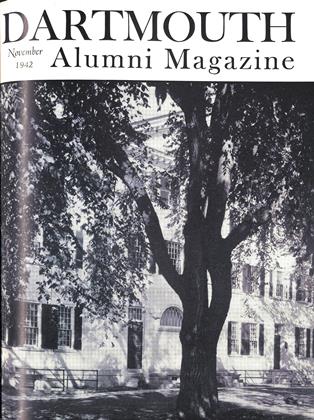[June, 1642, entry from Winthrop'sJournal "History of New England" 16301649. Charles Scribner's Sons 1908, p. 62,63.]
ONE DARBY FIELD, an Irishman, living about Pascataquack, being accompanied by two Indians, we'nt to the top of the white hill. He made his journey in 18 days. His relation at his return was, that it was about one hundred miles from Saco, that after 40 miles travel he did, for the most part, ascend, and within 12 miles of the top was neither tree or grass, but low savins, which they went upon the top of sometimes, but a continual ascent upon rocks, on a ridge between two valleys filled with snow, out of which came two branches of Saco river, which met at the foot of the hill where was an Indian town of some 200 people. Some of them accompanied him within 8 miles of the top, but durst go no further, telling him that no Indian ever dared to go higher, and that he would die if he went. So they staid there till his return, and his two Indians took courage by his example and went with him. They went divers times through the thick clouds for a good space, and within 4 miles of the top they had no clouds, but very cold. By the way, among the rocks, there were two ponds, one a blackish water and the other reddish. The top of all was plain about 60 feet square. On the north side there was such a precipice, as they could scarce discern to the bottom. They had neither cloud nor wind on the top, and moderate heat. All the country about him seemed a level, except here and there a hill rising above the rest, but far beneath them. He saw to the north a great water which he judged to be about 100 miles broad, but could see no land beyond it. The sea by Saco seemed as if it had been within 20 miles. He saw also a sea to the eastward, which he judged to be the gulf of Canada: he saw some great waters in parts to the westward, which he judged to be the great lake which Canada river comes out of. He found there much muscovy glass, they could rive out pieces of 40 feet long and 7 or 8 broad. When he came back to the Indians, he found them drying themselves by the fire, for they had a great tempest of wind and rain. About a month after he went again with five or six in his company, they had some wind on the top, and some clouds above them which hid the sun. They brought some stones which they supposed had been diamonds, but they were most crystal.
PAUL R. JENKS '94 Recently retired after 35 years as chairmanof the Latin department at Flushing (N.Y.)High School.
 View Full Issue
View Full Issue
More From This Issue
-
 Article
ArticleThe American Dream: Growth of a Nation
November 1942 By KENNETH ALLAN ROBINSON -
 Article
ArticleCollege Finances Sound
November 1942 -
 Class Notes
Class Notes1918*
November 1942 By ERNEST H. EARLEY, DONALD L. BARR -
 Class Notes
Class Notes1936*
November 1942 By NORBERT HOFMAN JR., JOHN E. MORRISON JR. -
 Sports
SportsBig Green Teams
November 1942 By ELMER STEVENS JR. '43. -
 Sports
SportsTHOSE WERE HAPPY DAYS
November 1942 By Jack Childs '09







